The flood season in Thailand typically occurs between July and November, with the peak usually happening in September and October. This is because during this period, heavy rainfall from the monsoon season can cause rivers and other waterways to overflow, resulting in widespread flooding in many parts of the country.
Thailand has experienced several major floods in recent years, including in 2011, which was one of the worst floods in the country’s history, affecting millions of people and causing significant damage to infrastructure, agriculture, and property. The government has since implemented various measures to mitigate the impacts of floods, such as building more flood barriers and improving early warning systems.
This article will tell you how to use IoT technology to monitor the water level of street and send early flooding alarm to people.
The whole system includes three main parts, water level sensor, 5G/4G LTE RTU and IoT platform that receives data from sensor and display data, as well send flooding alarm.
-
What is Water Level Sensor?
A water level sensor is an electronic device that is used to measure the depth or height of water in a tank, reservoir, or other container. It is designed to detect changes in the water level and convert them into an electrical signal that can be used for monitoring or control purposes.
Water level sensors are used in a variety of applications, such as monitoring the water levels in wells, tanks, and rivers, controlling water pumps and irrigation systems, and preventing flooding in homes and buildings. They can be based on various technologies, such as pressure sensing, ultrasonic, float switches, capacitance, and conductivity sensing. The choice of technology depends on the specific application and the accuracy and reliability required.
-
Types of Water Level Sensor
There are several types of water level sensors, including:
- Float switch: A float switch is a device that contains a buoyant object attached to a switch. As the water level rises or falls, the buoyant object moves up or down, triggering the switch.
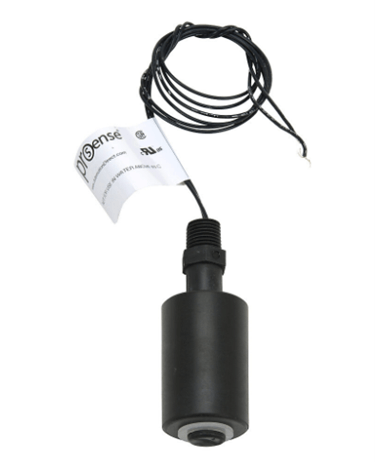
2. Pressure sensors: These measure water level by detecting the pressure exerted on the sensor by the weight of the water above it.
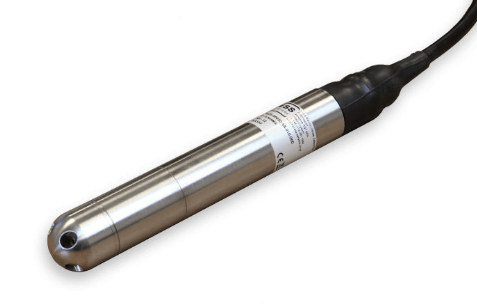
3. Ultrasonic sensors: An ultrasonic sensor uses high-frequency sound waves to measure the distance between the sensor and the water surface.
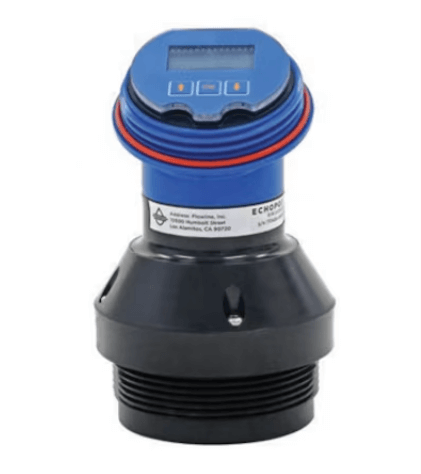
4. Conductivity sensors: These sensors measure the electrical conductivity of the water, which changes with the water level.
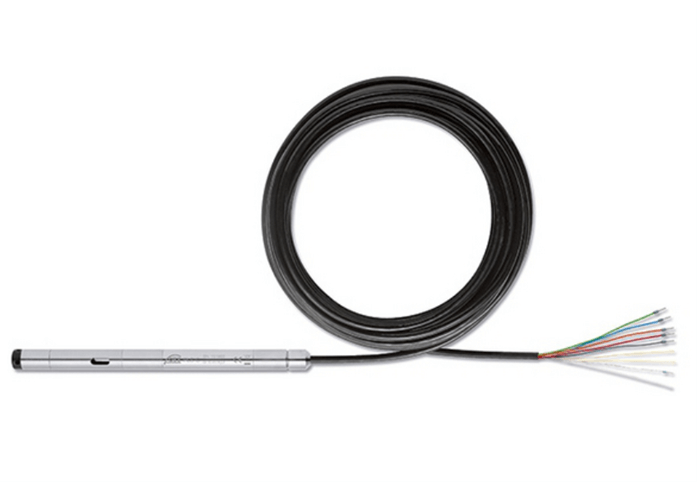
5. Capacitance sensors: A capacitance sensor measures the capacitance of the water and the air above it, which changes as the water level rises and falls.
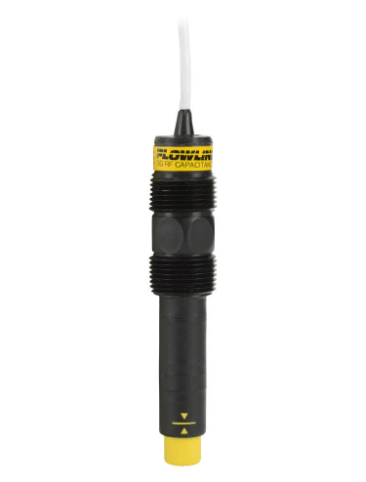
3. 5G/4G LTE RTU
5G and 4G LTE are both wireless network technologies used for mobile communication. They both offer high-speed internet access and the ability to stream video and audio content on the go.
An RTU (Remote Terminal Unit) is a device used in industrial control systems to monitor and control physical equipment. An LTE or 5G RTU would be a remote terminal unit that uses either 4G LTE or 5G wireless technology to communicate with a central control system.
These devices can be used for a wide range of applications, including monitoring and controlling electronic equipment in factories, oil and gas refineries, water treatment plants, and more. The use of wireless technology allows for greater flexibility in where these devices can be placed, which can increase their effectiveness and reduce installation costs.
Let’s take Bivocom’s 4G RTU TG501 for example, which supports global 4G LTE, digital input(on/off), analog input(4-20mA, 0-5V for sensor), RS232, RS485, DC power output for fiend sensors, and has built-in protocols like MQTT, Modbus RTU, TCP, which help to collect data from sensor and convert data to certain protocols and transfer the IoT platform.
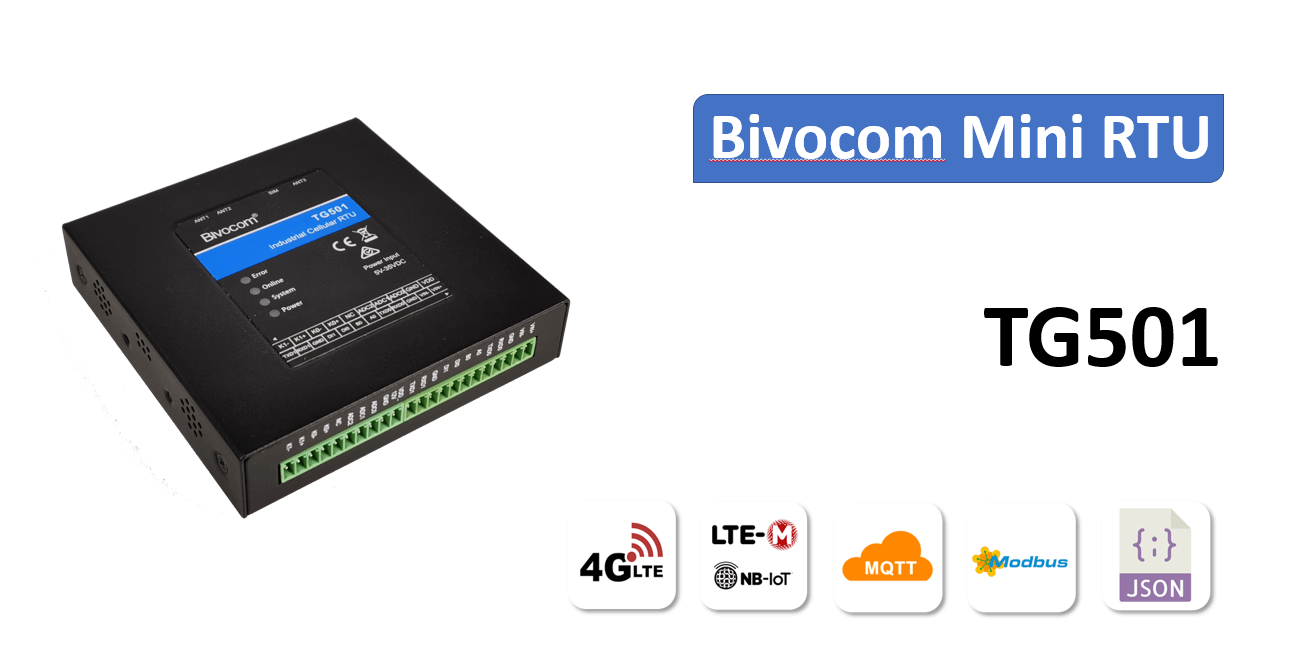
-
IoT Platform
An IoT platform for water level monitoring and alarm is a software or cloud-based service that provides the infrastructure for connecting, managing, and analyzing data from water level sensors. It acts as a central hub where data from different devices can be collected, processed, and analyzed in real-time to monitor water levels and trigger alarms when certain thresholds are reached.
This type of platform typically includes features such as device management, data visualization, analytics, security, and integration with other systems. It may also include features specific to water level monitoring, such as flood forecasting, historical trend analysis, and predictive maintenance.
Some IoT platforms for water level monitoring and alarm may also provide APIs (Application Programming Interfaces) that allow developers to create custom applications and services that can interact with the water level sensors and the platform itself.
The main goal of this type of IoT platform is to provide businesses, organizations, and governments with an effective tool for monitoring water levels and ensuring early detection of potential floods or other water-related emergencies. By collecting and analyzing data in real-time, these platforms can help prevent property damage, protect public safety, and reduce the economic impact of water-related disasters.
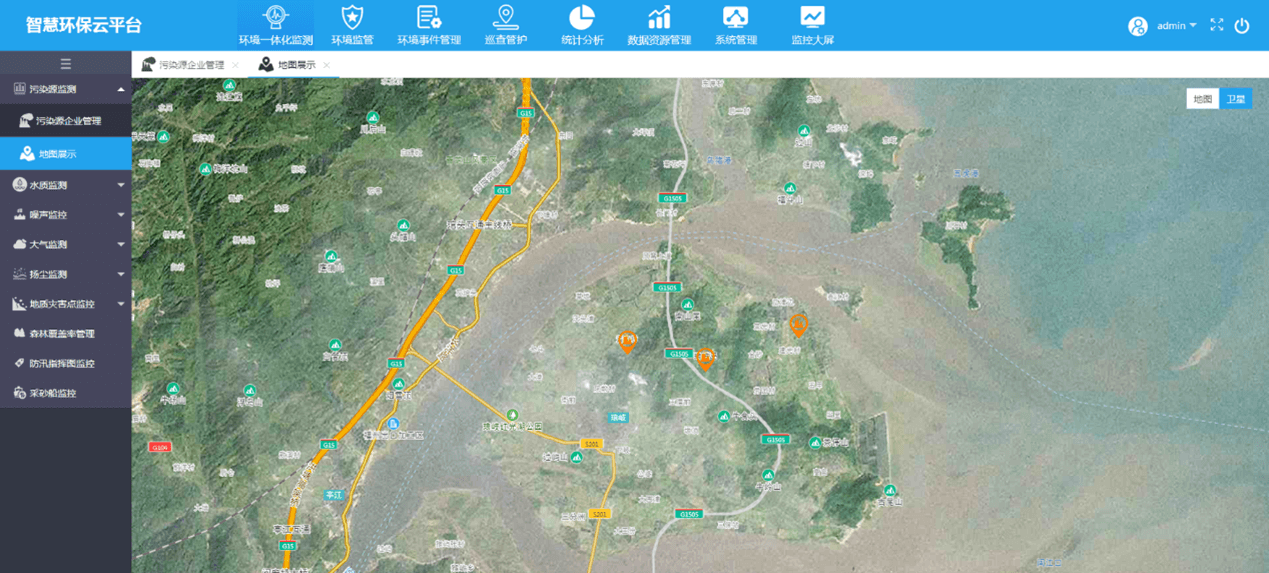

-
How IoT Helps to Monitor the Water Level of Street and Send Flooding Alarm?
IoT (Internet of Things) technology can be used to monitor the water level of streets and send flooding alarms in several ways. Here are some examples:
Water level sensors: IoT-enabled water level sensors can be installed in different parts of the city and connected through a wireless network. These sensors can measure the water level in real-time and send the data to a central server for further analysis.
Flood prediction models: The data collected from the water level sensors can be used to develop flood prediction models that can forecast potential flooding events. This information can be used to issue early warning alerts to residents and authorities.
Smart drainage systems: IoT technology can be used to create smart drainage systems that can automatically adjust their capacity based on the current water levels. These systems can also redirect water flow to prevent flooding in certain areas.
Mobile applications: Residents can receive flooding alerts via mobile applications that use GPS technology to pinpoint their location and provide relevant information about the flooding risk in their area.
Overall, IoT technology can play a critical role in monitoring water levels and preventing flooding in urban areas. By providing real-time data and early warning alerts, it can help authorities take proactive measures to protect people and property from the devastating effects of floods.
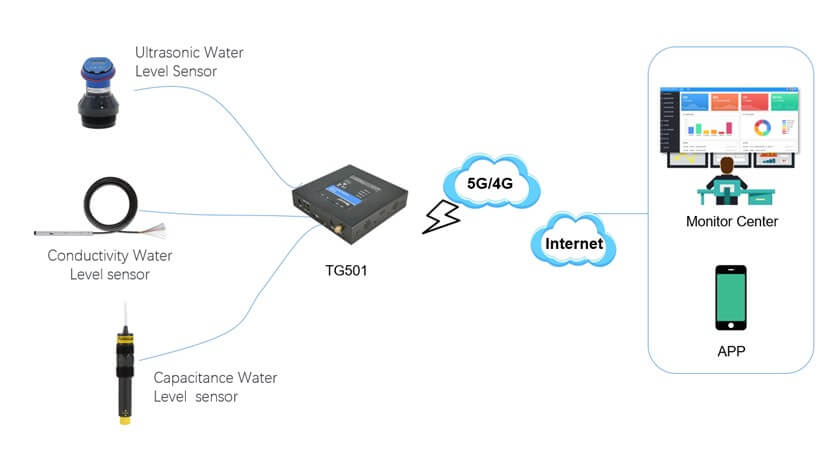
-
Use Case
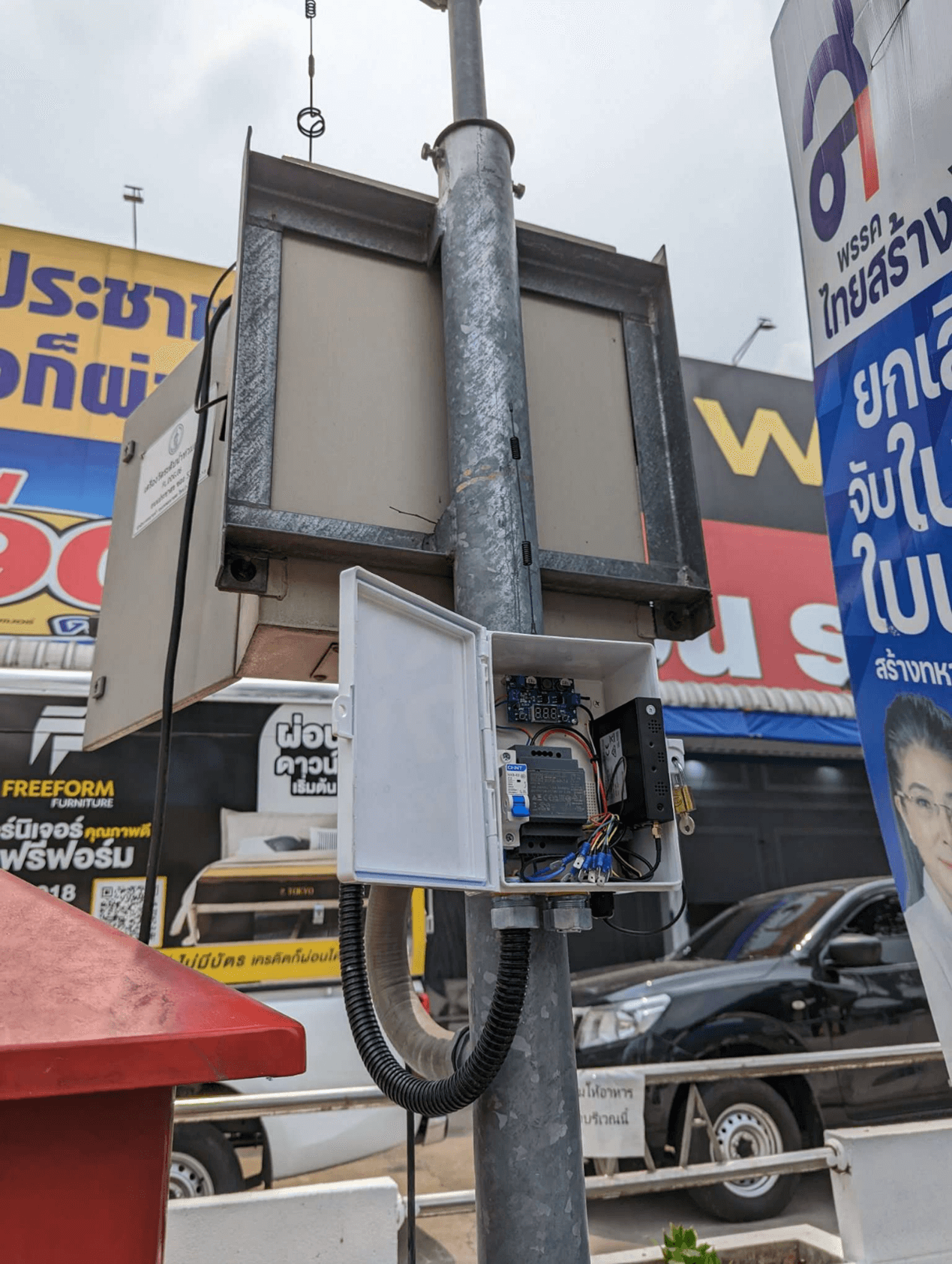
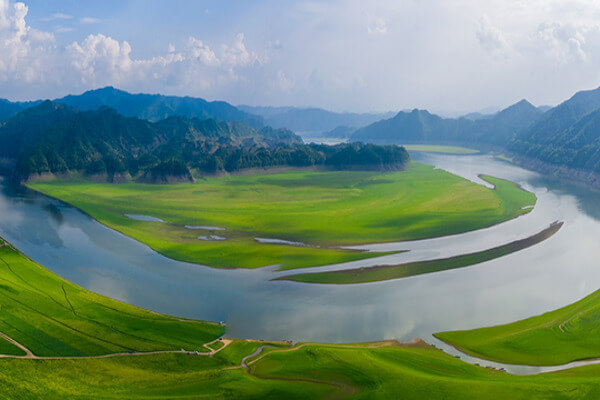
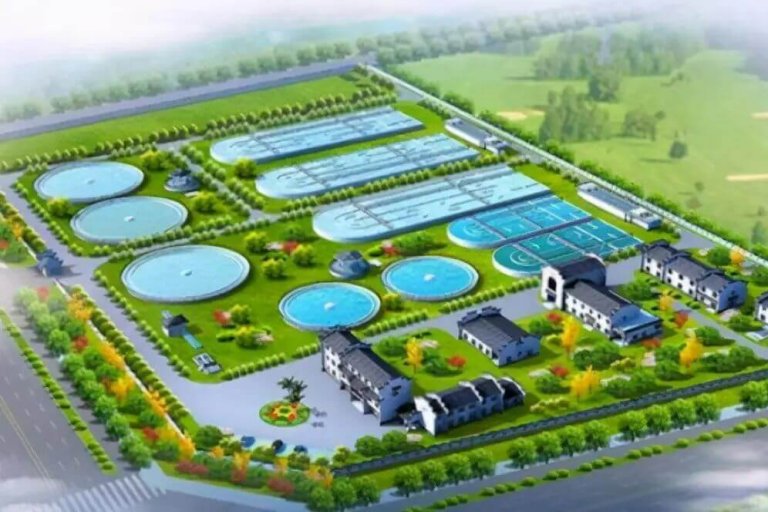
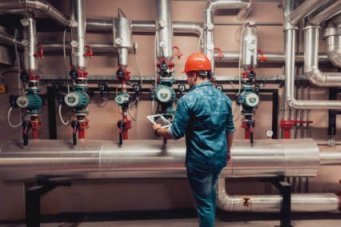
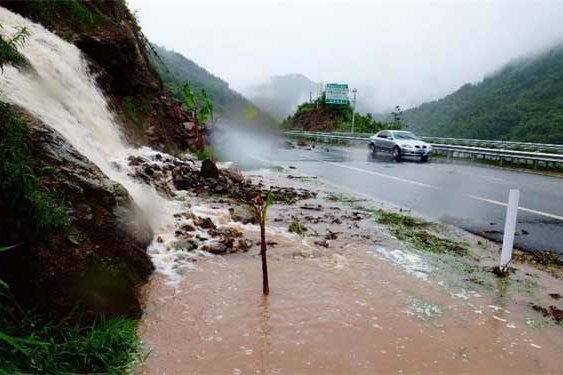
Comment